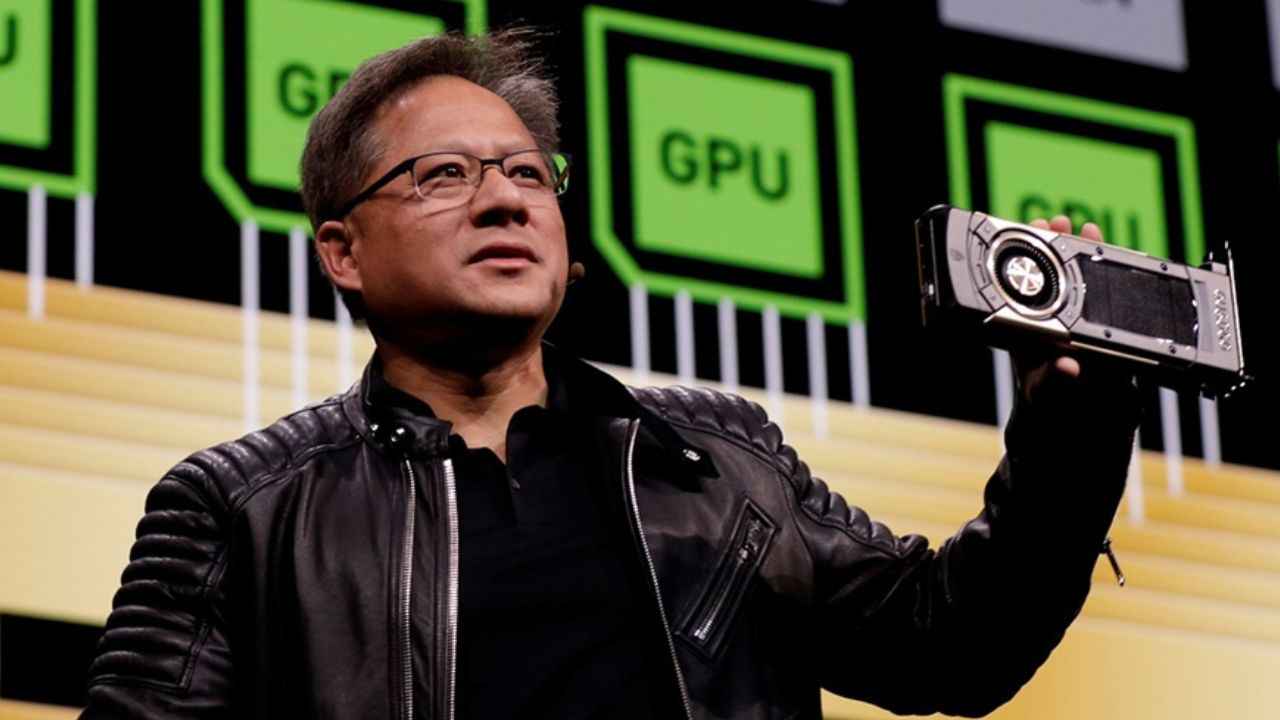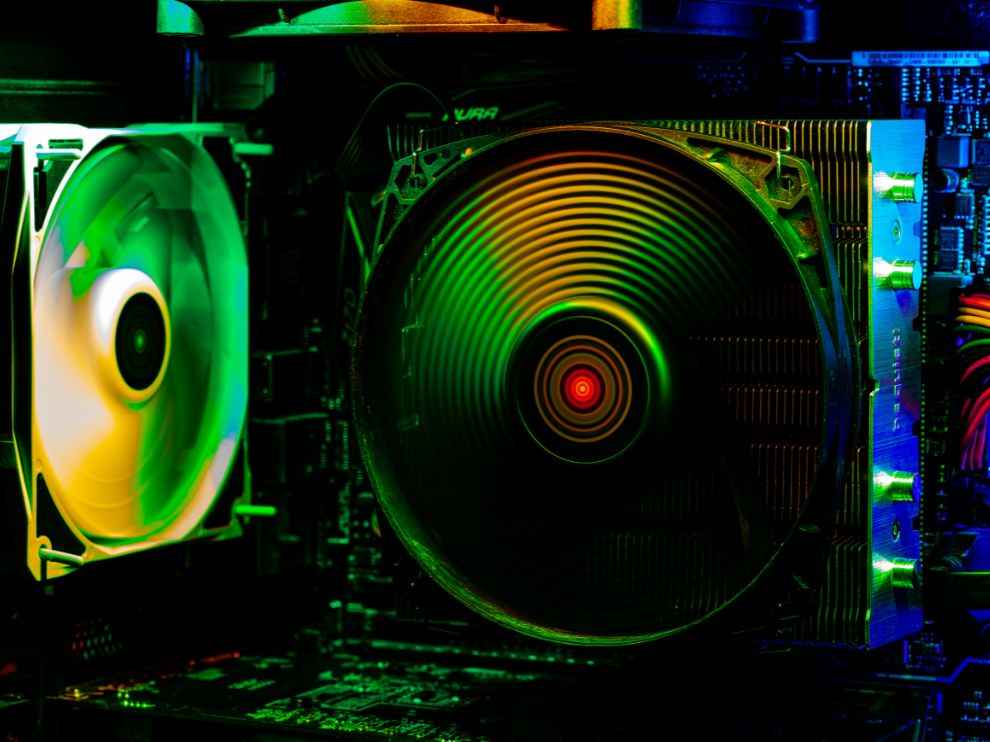Nvidia is probably the most important company in tech right now: Here’s why

Everyone who’s ever bought or built a PC will be no stranger to Nvidia, a powerhouse of the graphics world–the company that invented the modern GPU, the discrete card that powers all the amazing games we’ve all loved to play over the past two decades. I have very fond memories of gaming on Nvidia’s Riva TNT and Riva TNT 2 GPUs, long before all the GeForce / G / GT / GTX and today’s RTX graphics cards. Those were the days, when memory was counted in tens of megabytes!
 Survey
SurveySo recently when Nvidia became a trillion dollar company, more than double the market value of both Intel and AMD combined, it certainly captured global headlines beyond just the tech world. Powering the world’s graphical appetite isn’t what took Nvidia to these dizzying heights, but expanding its footprint into AI applications like generative AI and driverless mobility, and deep inside unseen data centres that thrive on GPU-based processing farms is what has ultimately unlocked Nvidia’s modern fortunes. Let me explain.
Whether it’s ChatGPT or Google Bard, Midjourney or DALL-E 2, or any of the myriad online generative AI based applications flooding the internet over the past 6 months or so, none of it would’ve been possible without the contributions of one company – Nvidia. Jensen Huang, CEO of Nvidia, recently said that, “AI is having its iPhone moment,” and he’s not wrong.
To draw a simple analogy, just as the emergence of personal computing hinged on the pivotal role of Intel and AMD chips, and the smartphone revolution was inconceivable without ARM-based chips from manufacturers like TSMC, our rapid advance into the “AI Era” has been largely propelled by Nvidia. This transition has somewhat frustrated PC gamers worldwide. Their ceaseless pursuit of superior graphics inadvertently accelerated AI development, as the demand for GPUs in data centers outpaced that for gaming. Nvidia, seizing this unprecedented opportunity, has been instrumental in setting the pace for AI progress.

Why? Because of one simple reason: Compared to traditional computer chips or CPUs from the likes of Intel or AMD, discrete graphics processing units or GPUs are much better at parallel processing of data – whether it’s sending a game’s graphical data to a screen attached to a computer or crunching vast amounts of data on the cloud.
Because of this novel trait of discrete GPUs, which allows them to perform parallel operations on multiple sets of data better than CPUs, they have increasingly been used for non-graphical tasks such as machine learning and scientific computation. And as of December 2022, Nvidia enjoyed an insane 88-percent share in the discrete GPU market – AMD’s at 8-percent and Intel at 4-percent, respectively. This means, Nvidia is single-handedly playing an important role in the field of generative AI advancement in a number of ways.
First and foremost, Nvidia’s GPUs are the most powerful and efficient graphics processing units available in the market, year after year – something that a lot of GPU reviews here at Digit and elsewhere have periodically confirmed. This simple fact makes Nvidia GPUs ideal for training machine learning algorithms and running generative AI models, which can be computationally resource-intensive. Getting more AI juice at a lesser amount of squeeze is great for the generative AI business, in general. Everyone wins!

Not just the underlying hardware, Nvidia also provides a number of software development tools and libraries that make it easy for developers to build generative AI applications. For example, the generative AI art application Midjourney trains itself and runs on Google Cloud’s GPU-based services powered by Nvidia GPUs, thereby allowing Midjourney to speed up and instantly render stunning images within seconds. It’s the same story at Microsoft Azure (which powers OpenAI’s ChatGPT) and Amazon Web Services (which powers HuggingFace). According to IDC, Nvidia was crushing the GPU datacenter market with a whopping 91.4-percent market share, while AMD’s share was at a paltry 8.5-percent at the beginning of 2022.
With its GPU expertise in the AI data center business, Nvidia is now aggressively entering the autonomous driving industry with custom-chips that aim to touch everything in the personal and commercial driverless transportation space. It’s crazy to think that this company that makes GPUs that go inside our PC and laptops is potentially on the road to powering everything that will enable our collective future. And who knows what next?
Are you bullish about Nvidia’s future? AMD fans, write to me and tell me why I’m wrong.
This column originally appeared in Digit magazine’s June 2023 issue
Jayesh Shinde
Executive Editor at Digit. Technology journalist since Jan 2008, with stints at Indiatimes.com and PCWorld.in. Enthusiastic dad, reluctant traveler, weekend gamer, LOTR nerd, pseudo bon vivant. View Full Profile